China's Fujian province can serve as a bridge for better understanding between China and the Philippines.
Fujian is home to many important cities that at some point shared history with the Philippines and the rest of the world.
For example, Philippine national hero Jose Rizal has roots there. Rizal's great great grandfather, Domingo Lan-Co, came from a Chinese village in the city of Jinjiang.

China agreed that Rizal is the greatest Malay who ever lived. As a tribute, an 18 feet-tall Rizal statue was erected for him in the city. It is the biggest Rizal Park in the world that is outside of the Philippines.
Then, there is Quanzhou, an old city in Fujian province. Formerly known as Zayton, it served as a major port for foreign traders, including those coming from Manila.
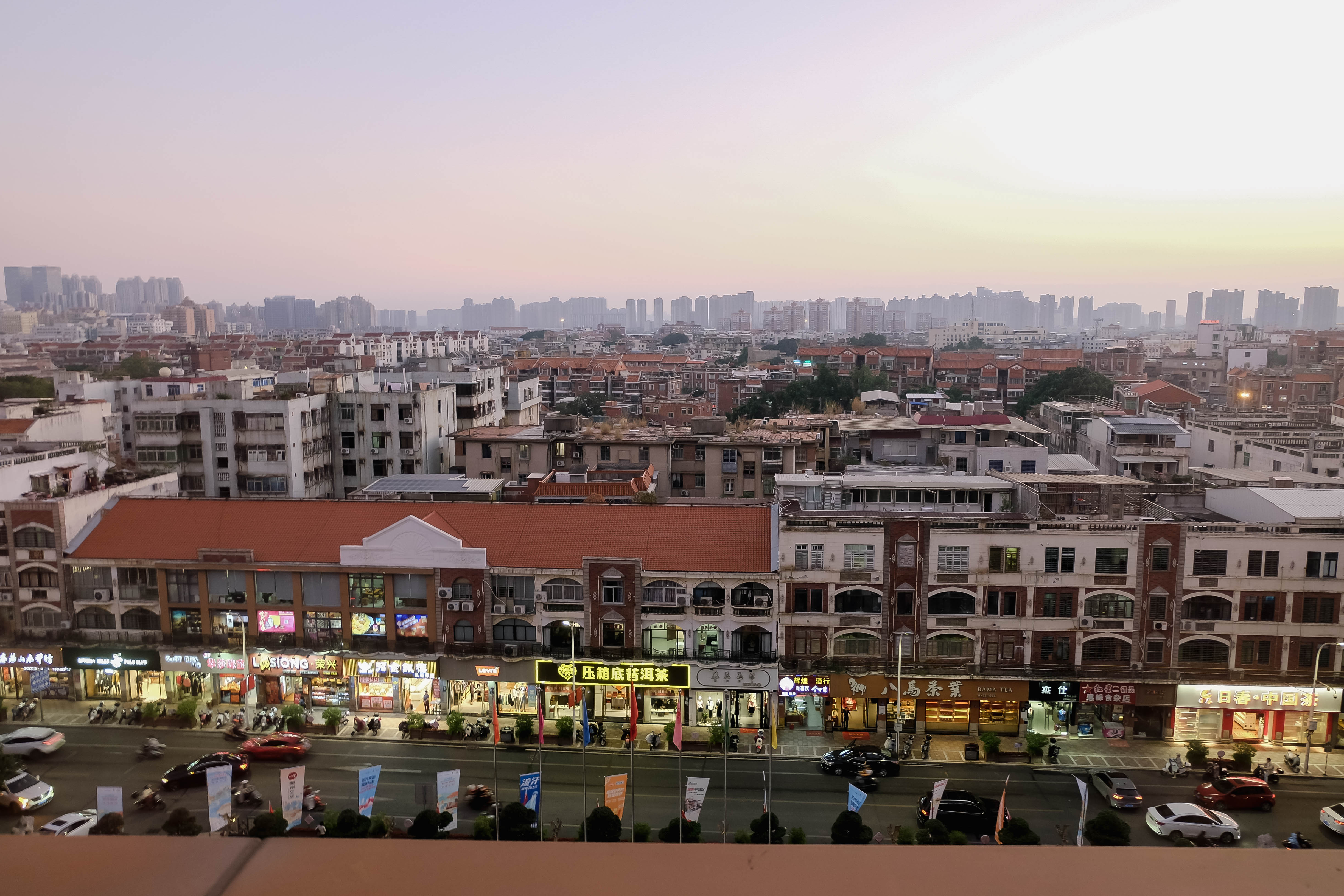
Quanzhou was part of the old maritime silk road, a network of maritime trade routes for traders from the West to the East and vice-versa.
Chinaware, among other Chinese products, were sent out from Quanzhou to Europe via Manila through the Manila galleon trade.
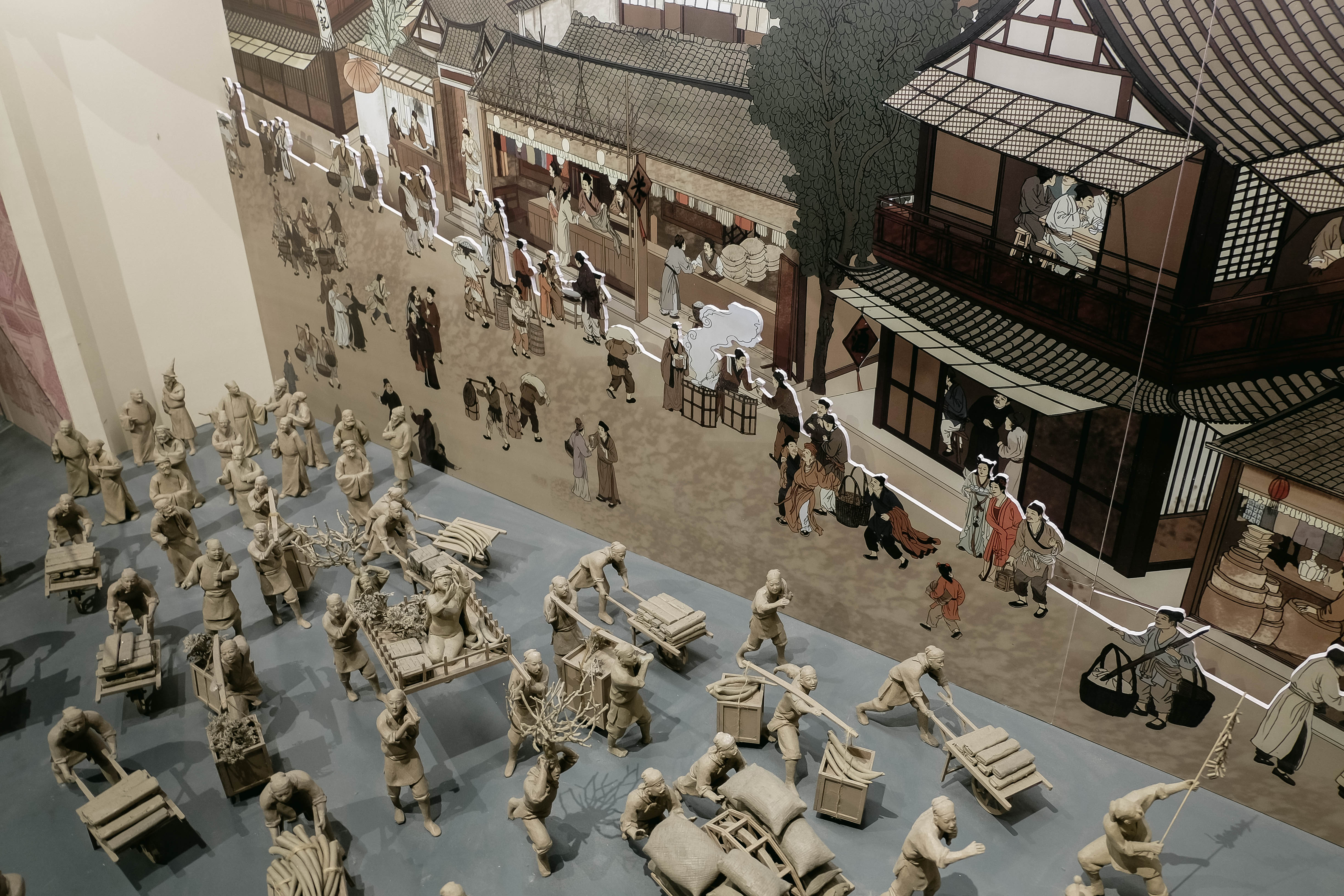
Manila, which was previously under Spanish occupation, would also supply China with Spanish silver and other European products.
Indeed, China has had expertise in doing trade since the early centuries. And now, it is reimagining the ancient silk road through the 21st century maritime silk road and President Xi Jinping's Belt and Road Initiative (BRI).
Fujian provincial government officials believe the Philippines would benefit from China's big ticket project considering its success in other countries.
Meanwhile, the Cangxia community in another Fujian city, Fuzhou, could serve as a blueprint for the Philippines in developing poor communities.
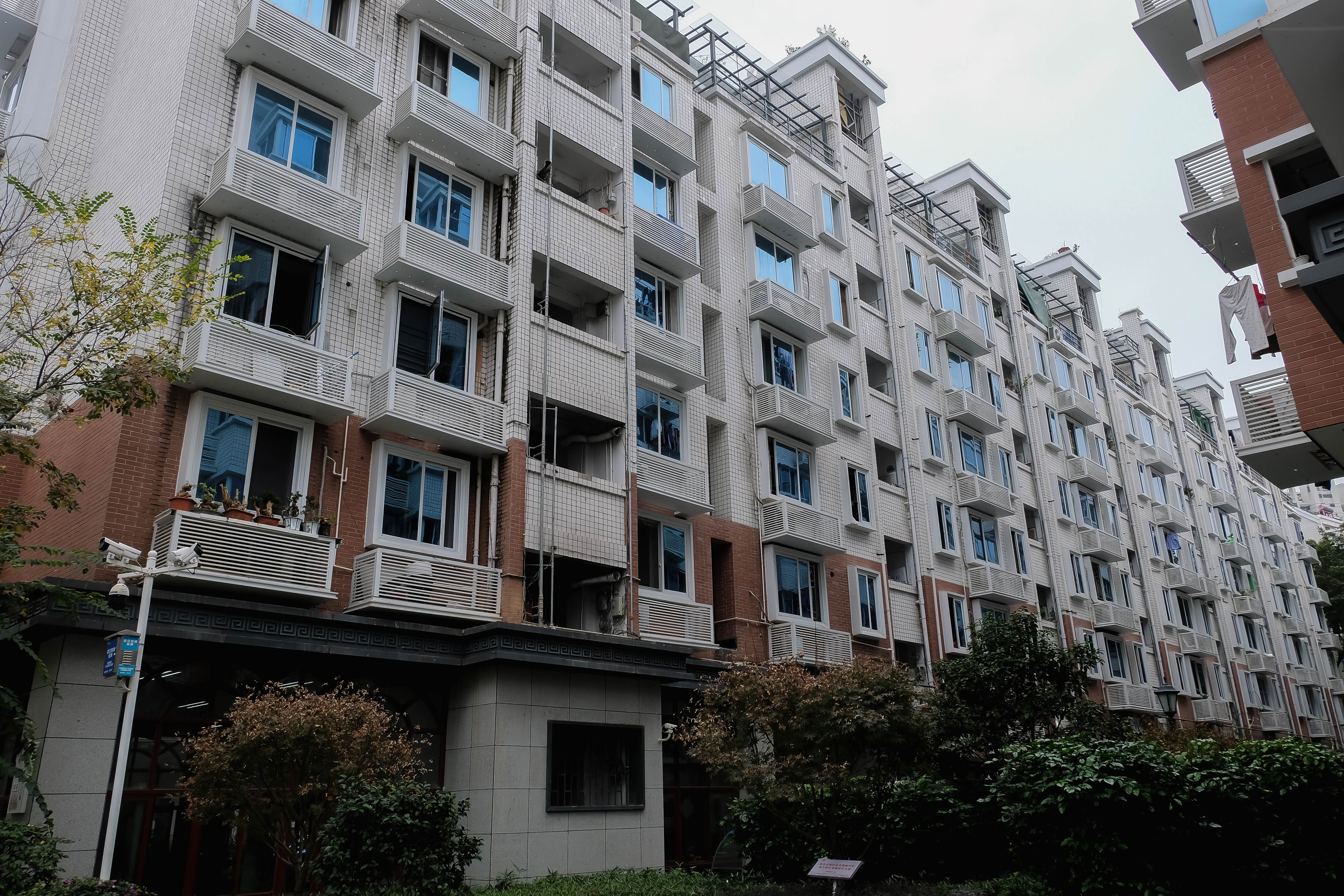
When President Xi served various posts at Fuzhou's local government, he pushed several campaigns that helped relocate people living in poor communities and gave them better housing conditions.
Now, Cangxia's medium-rise housing buildings are home to many Chinese families who previously lived in shanties.
There are also other things to see in Fujian, such as the Sanfang Qixiang (Three Lanes and Seven Alleys) in Fuzhou; the Gulangyu Island in Xiamen; and the Qingjing Mosque and the Kaiyuan Temple in Quanzhou.
Sanfang Qixiang was the 'Beverly Hills' of imperial China. Around 400 affluent and influential people had lived in the area.
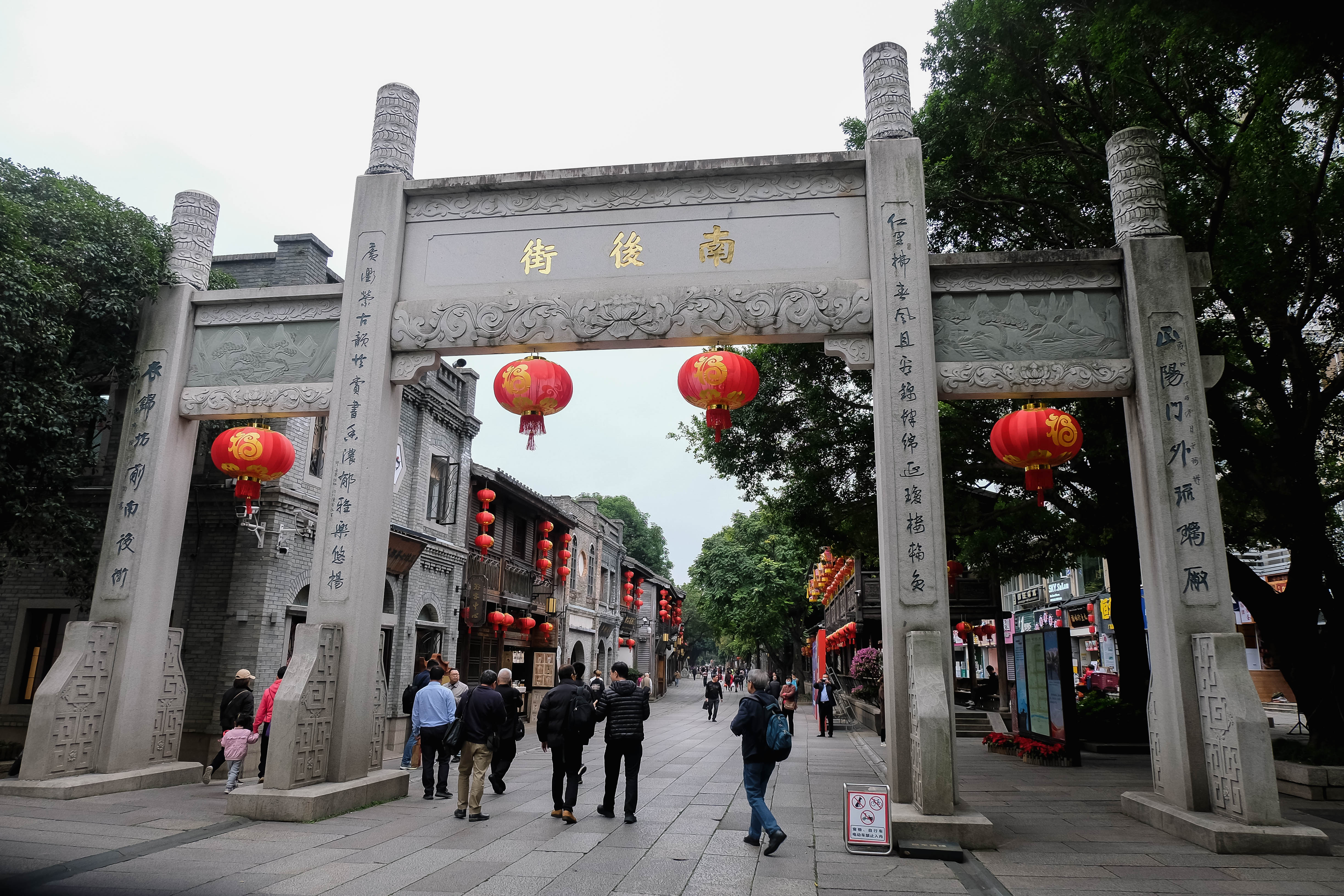
One's show of wealth were the big and separate libraries and performance theaters inside his or her house.
One of Sanfang Qixiang's notable residents was Lin Zexu, who led the fight against the opium trade, which was introduced by the British to China.
Lin believed opium was bringing damage to the Chinese people and the nation. His resolve sparked the first Opium War.
Sanfang Qixiang was also home to other renowned Chinese industrialists, ideologists and literati, so one saying goes that Sanfang Qixiang "equals half of China's modern history."
The area is a classic example of a traditional form of urban planning. It is now considered a "living fossil" and on tentative list of UNESCO’s world heritage.
Gulangyu, meanwhile, is a pedestrian-only island off the coast of Xiamen. It is a UNESCO World Cultural Heritage Site that not only bans cars, but also bicycles.
Only electric shuttles and government service vehicles are allowed in the area.
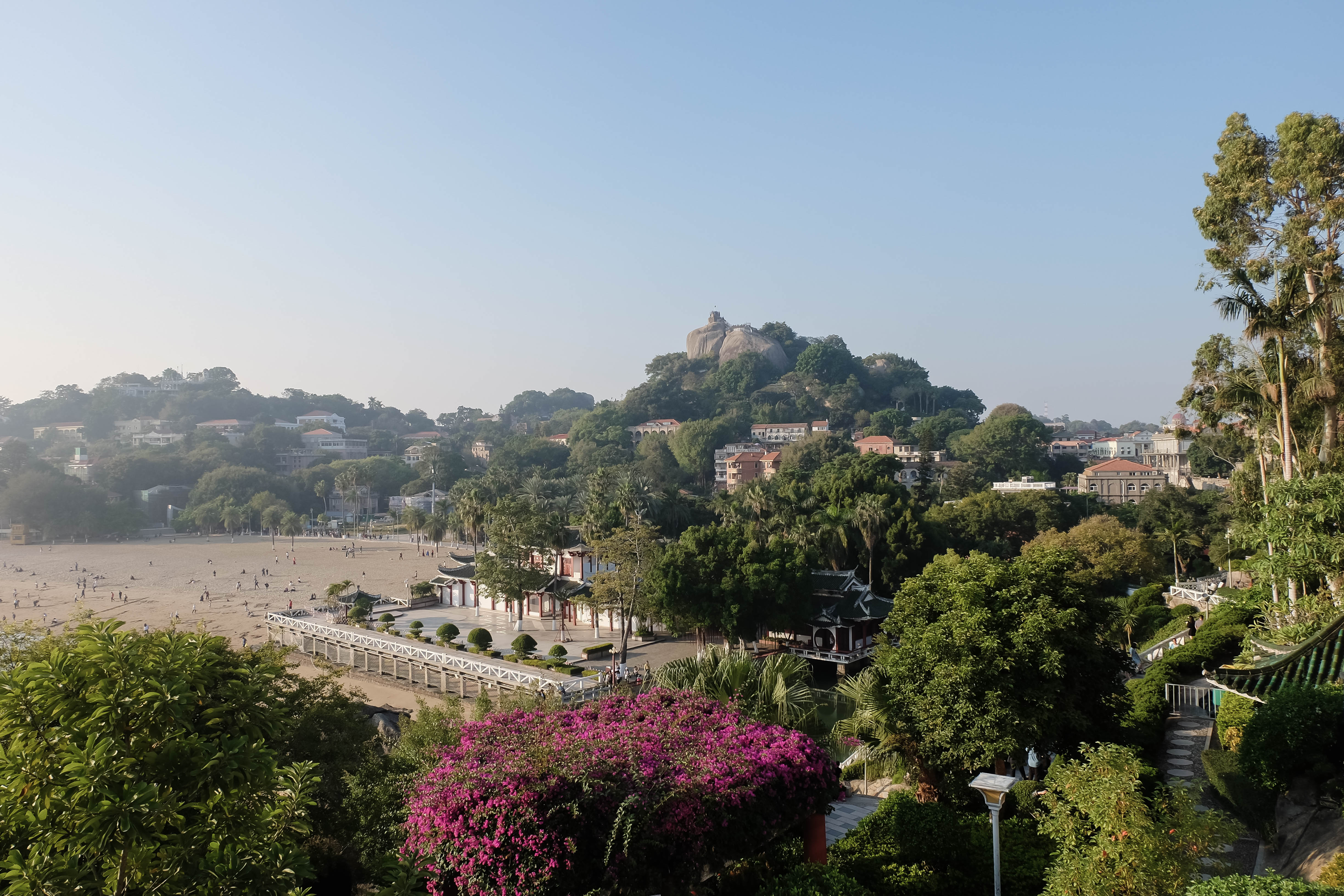
Gulangyu Island is known for its beaches and rich architecture. It is also home to classical Chinese music.
The Qingjing Mosque (completed year 1009) and the Kaiyuan Temple (completed year 686), among other religious establishments in Quanzhou, prove China's respect to different religious beliefs.
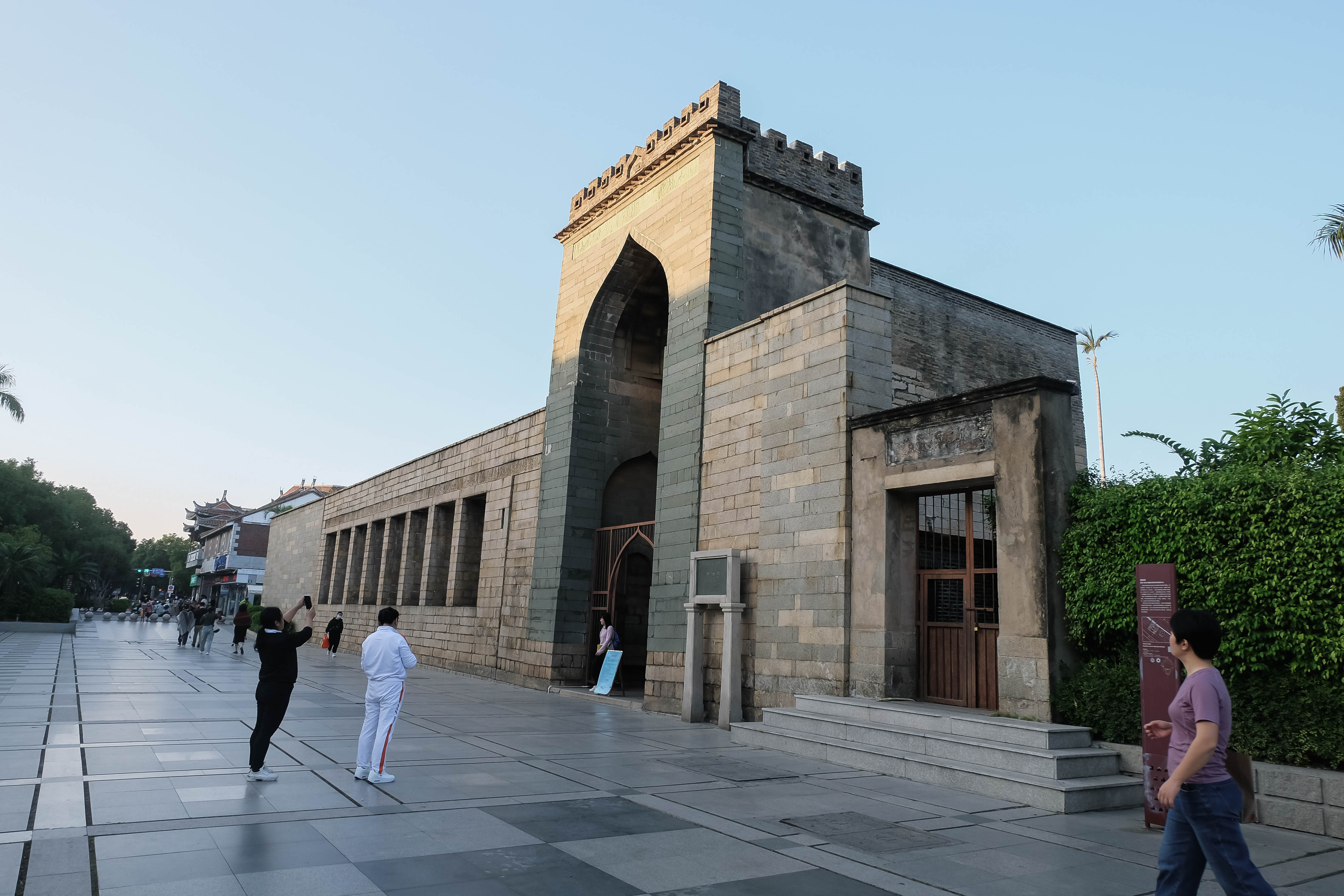
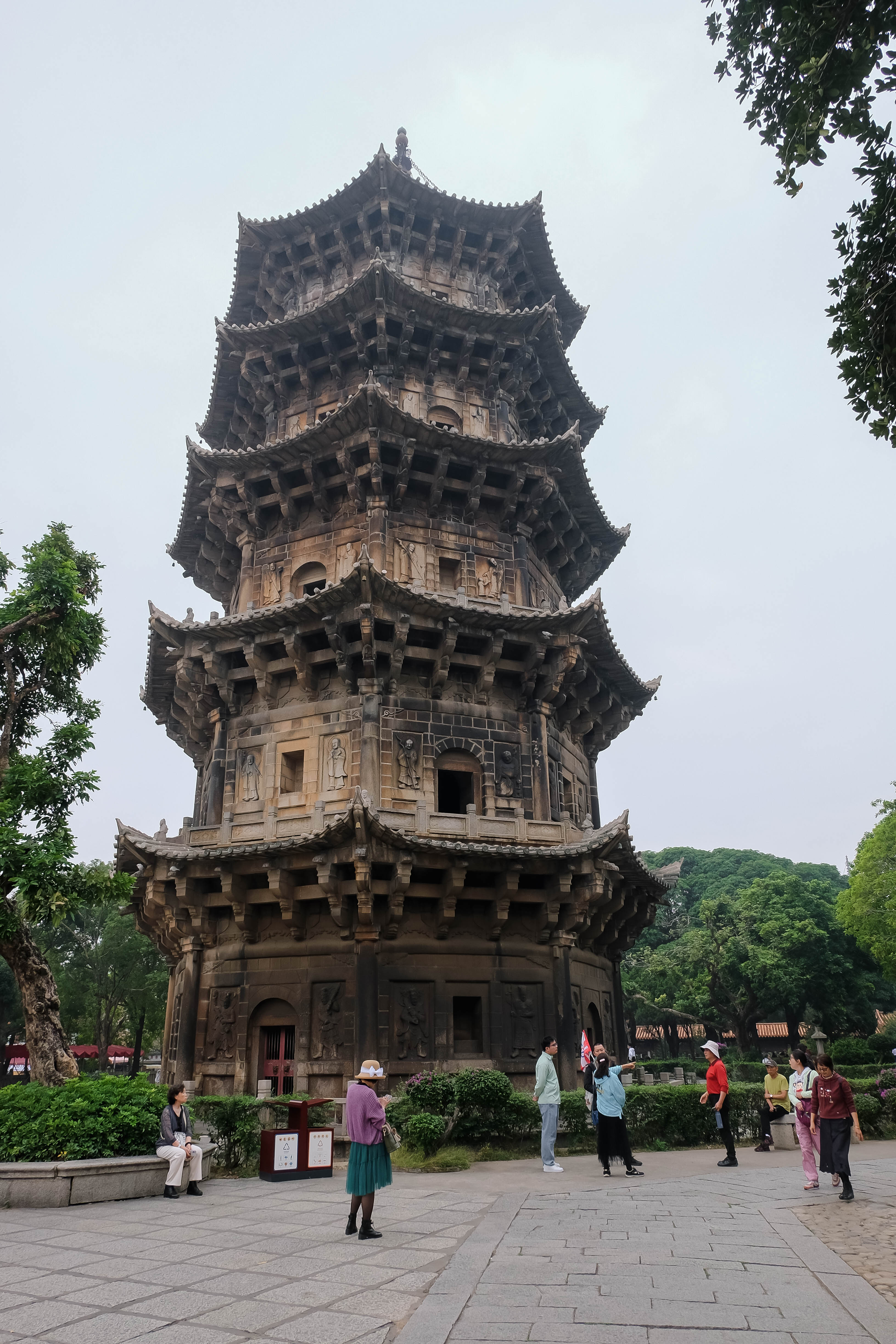
Inside Qingjing Mosque, there is even a message posted on the wall assuring that Muslim brothers and sisters are protected by the leader.
People-to-people exchange can also advance the relations between the Philippines and China. It offers understanding of both sides.
Filipino students and teachers studying and teaching Mandarin at Fujian Normal University said that Filipinos in China are also treated as if they are locals.
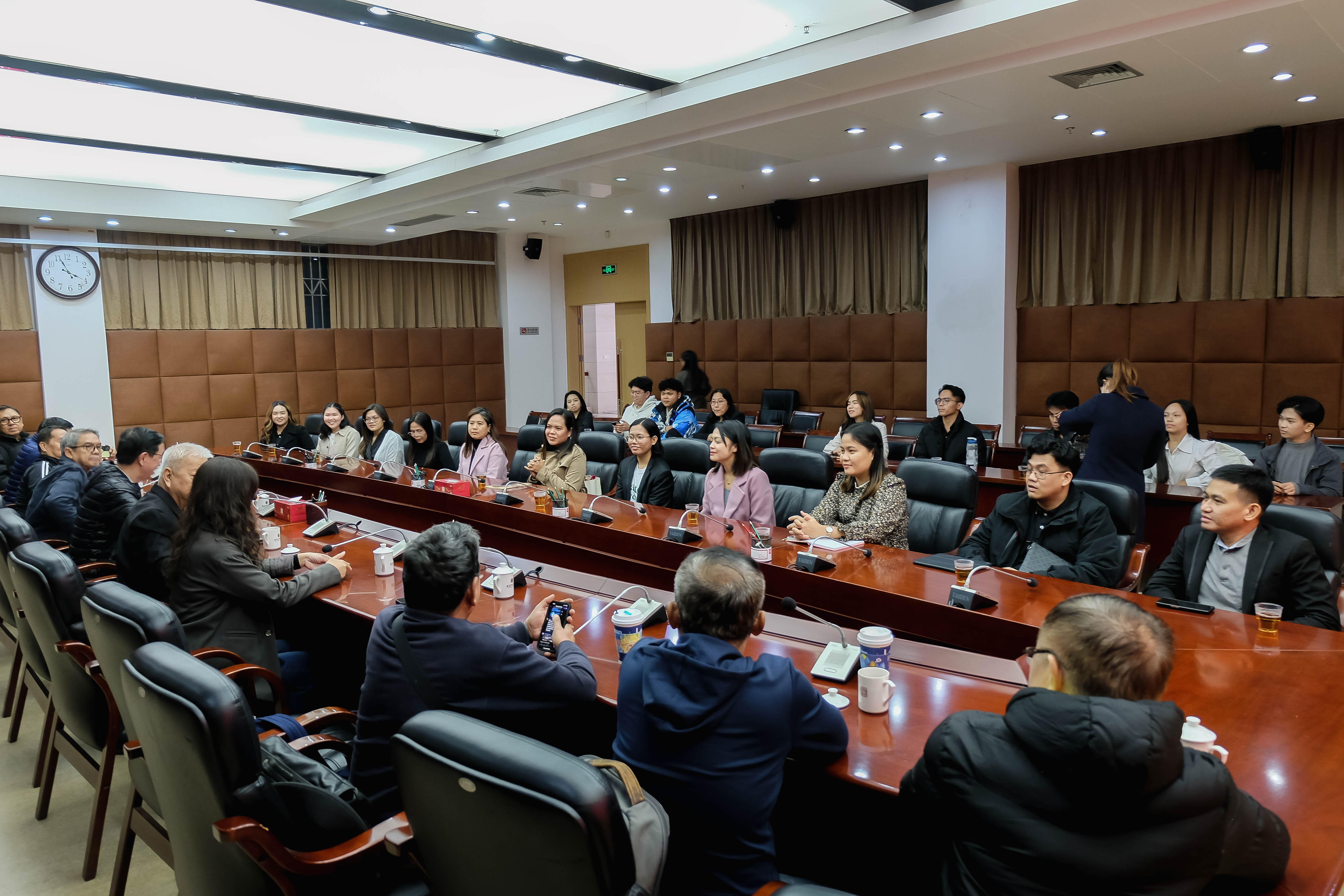
Chinese people do not discriminate against others, said one Filipino student during the recent trip of Philippine media to the university.
Despite geopolitical differences between China and the Philippines, Chinese people are very welcoming and accommodating to Filipinos there, the student added.